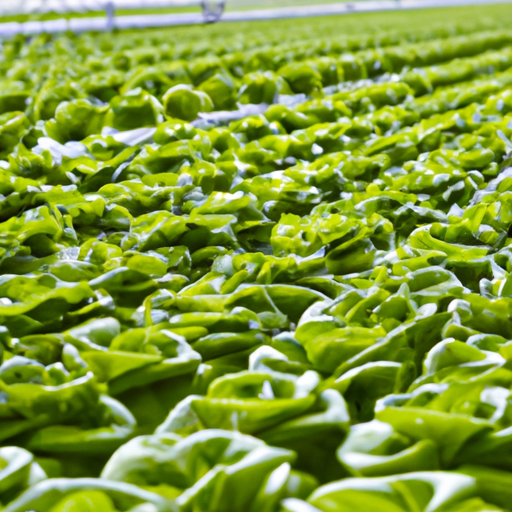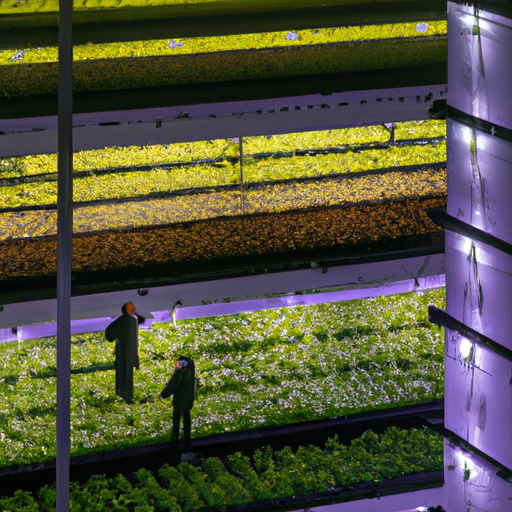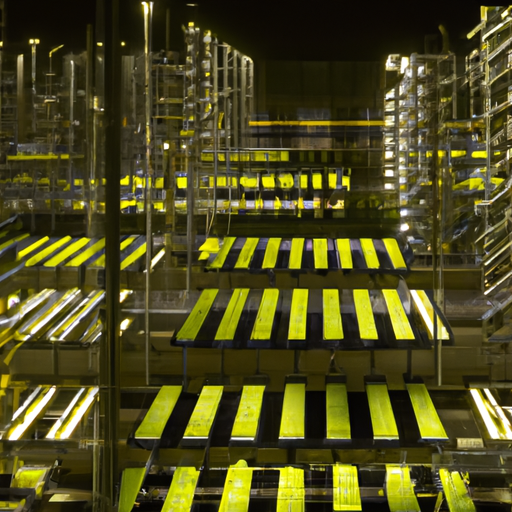Vertical farming is transforming urban food production through innovative technology and sustainable practices. These modern agricultural systems are producing fresh, local food while using minimal resources and space. The integration of AI and IoT is making these systems increasingly efficient and productive.

Vertical farming represents a revolutionary approach to urban agriculture that's reshaping how we think about food production in the 21st century. As global populations continue to urbanize and arable land becomes increasingly scarce, these innovative farming systems offer a sustainable solution to food security challenges while minimizing environmental impact.
At its core, vertical farming utilizes controlled environment agriculture (CEA) technology to grow crops in vertically stacked layers, often in repurposed urban buildings or purpose-built facilities. This approach maximizes space efficiency while creating optimal growing conditions through careful management of light, temperature, humidity, and nutrients.
One of the most significant advantages of vertical farming is its dramatic reduction in water usage compared to traditional agriculture. Advanced hydroponic and aeroponic systems can use up to 95% less water than conventional farming methods. These systems recirculate water and nutrients, minimizing waste and environmental impact.
Lighting technology has been crucial to the success of vertical farms. LED systems specifically tuned to plant needs provide precisely the right spectrum of light for optimal growth. Smart lighting systems adjust intensity and duration based on plant growth stages, maximizing energy efficiency and crop yields.
Artificial intelligence and machine learning have transformed vertical farming operations. These systems continuously monitor and adjust growing conditions, predict maintenance needs, and optimize resource usage. Advanced algorithms can even predict crop yields and market demand, helping farmers plan production cycles more effectively.
The integration of Internet of Things (IoT) sensors throughout vertical farms provides real-time data on everything from nutrient levels to plant health. This constant monitoring allows for immediate responses to any issues, preventing crop losses and ensuring consistent quality. The data collected also helps refine growing practices over time.
Vertical farms are particularly effective at producing leafy greens, herbs, and certain fruits, with new crop varieties being adapted for vertical systems regularly. The controlled environment allows for year-round production regardless of external weather conditions, providing a steady supply of fresh, local produce to urban areas.
The environmental benefits of vertical farming extend beyond water conservation. By bringing food production closer to consumers, these systems significantly reduce transportation distances and associated carbon emissions. The controlled environment also eliminates the need for pesticides and herbicides, producing cleaner, healthier food.
Energy efficiency has been a key focus in vertical farming development. While early systems were criticized for high energy consumption, particularly for lighting, newer technologies have dramatically improved efficiency. Some facilities now operate entirely on renewable energy, creating a truly sustainable production system.
Workforce development in vertical farming has created new opportunities in urban agriculture. These facilities require skilled workers who understand both agriculture and technology, creating high-quality jobs in urban areas. Training programs have emerged to prepare workers for these new roles in agricultural technology.
The economic viability of vertical farming continues to improve as technology advances and operations scale up. While initial investment costs remain high, improved efficiency and growing consumer demand for local, sustainable produce are making these systems increasingly profitable.
Research and development in vertical farming continues to push boundaries. Scientists are working on new growing methods, developing crops specifically adapted for vertical systems, and creating more efficient technologies. This ongoing innovation promises to make vertical farming even more effective and sustainable.
The integration of vertical farms into urban planning is becoming more common. Some cities now include vertical farming facilities in their sustainability and food security strategies. These facilities can be incorporated into new building designs or used to revitalize unused urban spaces.
Looking ahead, vertical farming is poised to play an increasingly important role in global food production. As technology continues to advance and systems become more efficient, these facilities will help create more resilient and sustainable urban food systems. The ability to produce fresh, local food year-round while minimizing environmental impact makes vertical farming a crucial component of future sustainable cities.



